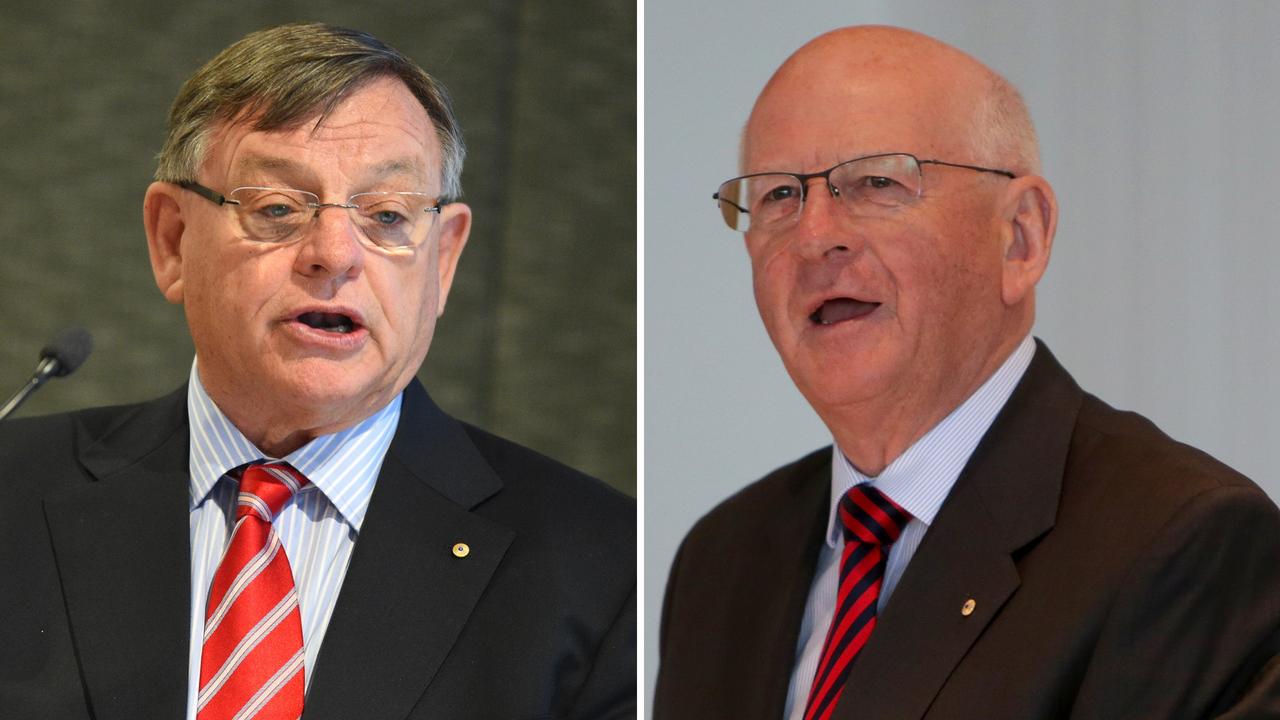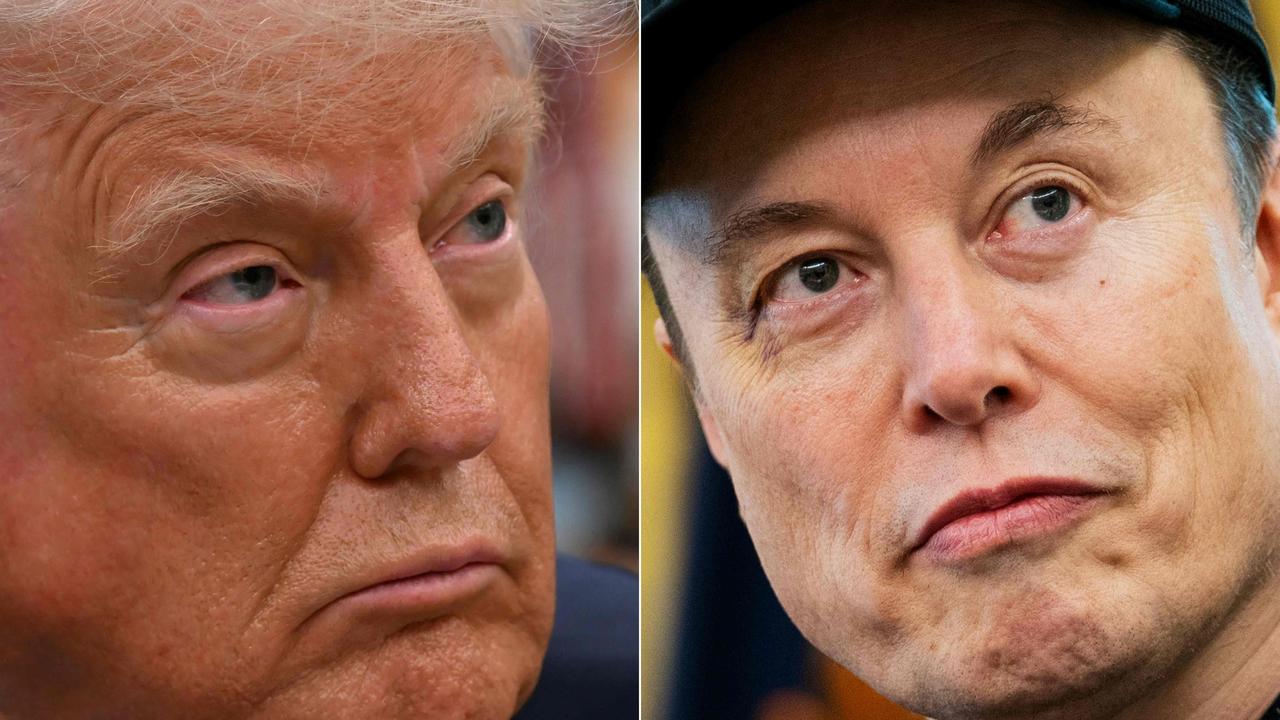’A democratic oasis’: Mongolia’s moment to rebuild
Canberra High is a long way from the Mongolian capital but a former student is now playing a key role in shaping a country.

When Bulgantuya Khurelbaatar studied at Canberra High School in the early 1990s, she often wondered where all the people had gone. And that’s coming from someone who grew up in one of the most isolated countries in the world.
“We were just surprised that there were no kids playing outside,” says Khurelbaatar.
Speaking to The Weekend Australian in an interview in her ministerial office in Ulaanbaatar, the capital of Mongolia, she says everyone in Canberra’s suburbs seemed to be just fending for themselves in their own houses.
“(In Mongolia) we used to live in apartment blocks and kids would play outside all day. That was a bit strange for us,” she says.
Khurelbaatar was based in Australia for several years when her parents were offered a public servant development program as the Mongolian government was finding its feet following the fall of the Soviet Union.
She went on to study economics at Yale University and later became a project manager for the company operating the giant Oyu Tolgoi copper mine in the country’s remote south. She soon became an adviser for the miner as part of the team negotiating the $US7bn ($10.5bn) underground expansion agreement on behalf of mine operator and major owner Rio Tinto.
Now she sits on the other side of the table, first as the vice minister of finance for Mongolia, a position she held until 2020 and now as minister of border control. Here she oversees the building out basic infrastructure needed to get goods in and out of the country quickly but transparently. She says border congestion can lead to corruption and so having the right systems and technology in place can stamp it out.
“The only way to attract ongoing investment into the mining sector and other areas is for Mongolia to be competitive. If the infrastructure and logistics are good – then we can compete”.
A landlocked country with Russia to the north and China to the south, Mongolia is a fast-developing democracy which is widely recognised as one of the strongest in central Asia. Khurelbaatar says Mongolia has been “forever neighbours” with China and Russia and historically has been able to manage that relationship. Today 90 per cent of Mongolia’s exports – mostly from the Oyu Tolgoi mine are sent at China.
“We are a democratic oasis within these two countries, and have managed that. We have also have formed good ties with our ‘third neighbours’ like Australia, Japan and the rest of the world,” she says.
While there is a genuine need to diversify the Mongolian economy – Oyu Tolgoi is 34 per cent owned by the government and generates nearly a third of the country’s $US15bn annual GDP – she says the mine has been critical for training a whole new generation of people and developing a new middle class in a country that still has a large nomadic population.
“The job and training opportunities are significant for a country which has two-thirds of its population under 35,” she says. In addition the mine is providing direct and indirect jobs for young women who make up 60 per cent of university enrolments.
For the Mongolian Government, she says one of the most important lessons learned from the sometimes rocky road in the development of the Oyu Tolgoi mine has been around attracting the right kind of investment for the country.
The other is to ensure that mega-projects are not politicised but are seen as part of the economic infrastructure.
“It is important that the revenues generated from these projects are disseminated across the entire country, especially to such a young population,” she says.




To join the conversation, please log in. Don't have an account? Register
Join the conversation, you are commenting as Logout